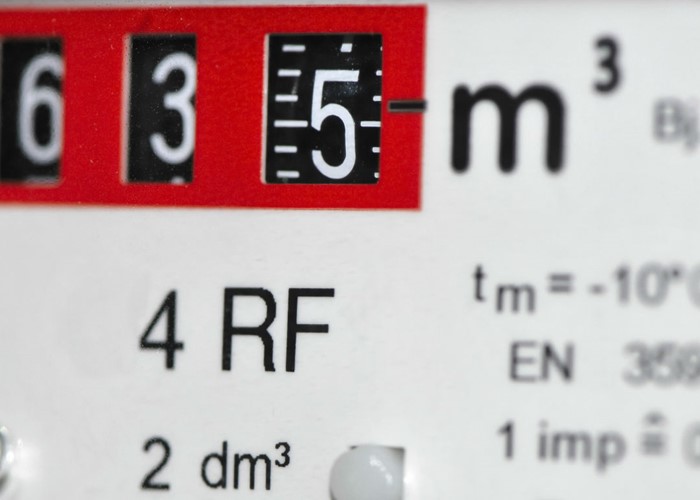
This year alone we've seen hundreds of thousands of customers shunted from what were some of the best deals on the market onto the very worst.
Here's the typical life of an online energy tariff provided by one of the big six energy suppliers.
A cute, newborn tariff replaces a grown-up tariff and you see it proudly displayed in comparison tables, priced cheaply and clearly attracting lots of admirers.
When the newborn gets bloated by the interest it receives, it tires of the attention, grows up and no longer grants audiences. Perhaps within a few weeks or months after birth, the grown-up tariff disappears from view, as it goes off the press' radar and, being closed to new applicants, it no longer shows on comparison tables either. It takes its group of admirers with it and bars the gates.
The supplier displays another newborn tariff, or a new version of the same tariff, on the internet. To begin with, this new tariff may or may not be cheaper than our now grown-up tariff, depending on what the supplier can get away with at the time. However, for most, tariffs ageing is inevitable. As the months go by our grown-up ripens. This mature tariff increases in price a little faster than newborn tariffs. If prices for newborns are falling, the old one get forgetful and omits to reduce its price.
Eventually it dies. When it does, the tariff gets swallowed up by the immortal Standard Tariff, which doesn't sully itself with such things as discounts or deals. It's a fat cat of a tariff and it makes the old miser you just lost seem like a saint. You actually miss that long-toothed cur.
Obituaries August 2010
That's what you can expect when you sit on your tariff for too long. In the case of many of British Gas' cheapest tariffs in recent years, this life expectancy has been about 18 months. Take Websaver 3. This was born in May 2009 when it was quite well priced. About a year later it started to look pretty hagged and was significantly off top prices. On 1 August 2010 it died and its customers found that it was replaced by British Gas' standard tariff, which is even more expensive.
Rachel Robson gives you the lowdown on five ways to cut your energy bills
Or rather, former Websaver 3 customers will find that it was replaced by a more expensive tariff when they get the next bill. That's the first time many of us actually pay attention to these changes. You may or may not be aware your tariff has died, but often we don't think about what that means until it's too late – we've already paid a fortune as our latest account statements reveal.
If you rarely read your statements and compare them with old ones, this huge leap in cost may go unnoticed for many more months or quarters before you decide to take action. If you leave it for a year after you were switched to a standard tariff, you can expect to have paid £100 to £300 more than the cheapest tariff.
Other dead tariffs
This tariff lifecycle happens frequently, as dozens or maybe hundreds of tariffs a year come to an end. Sometimes they may live a very long life, but if you leave them long enough they'll end up around about as expensive as a standard tariff anyway.
Some other tariffs I've noticed that have ended in the past few months include British Gas Websaver 1 and Websaver 2, British Gas Price Promise June 2010, EDF Annual Fix 3, EDF Online Energy 5 and ScottishPower's Capped Price Energy July 2010. Taken together, we're talking about hundreds of thousands of customers on those tariffs alone who, if they haven't switched, will already have been paying way over the odds for their energy. That's probably just the tip of the iceberg.
What you want is a newborn tariff to follow as it grows up but, before it becomes too wizened, you'll need to ditch the old crook and seek another new tariff.
More: Avoid these massive hidden energy charges | Only one cheap energy tariff left
Compare energy prices through lovemoney.com